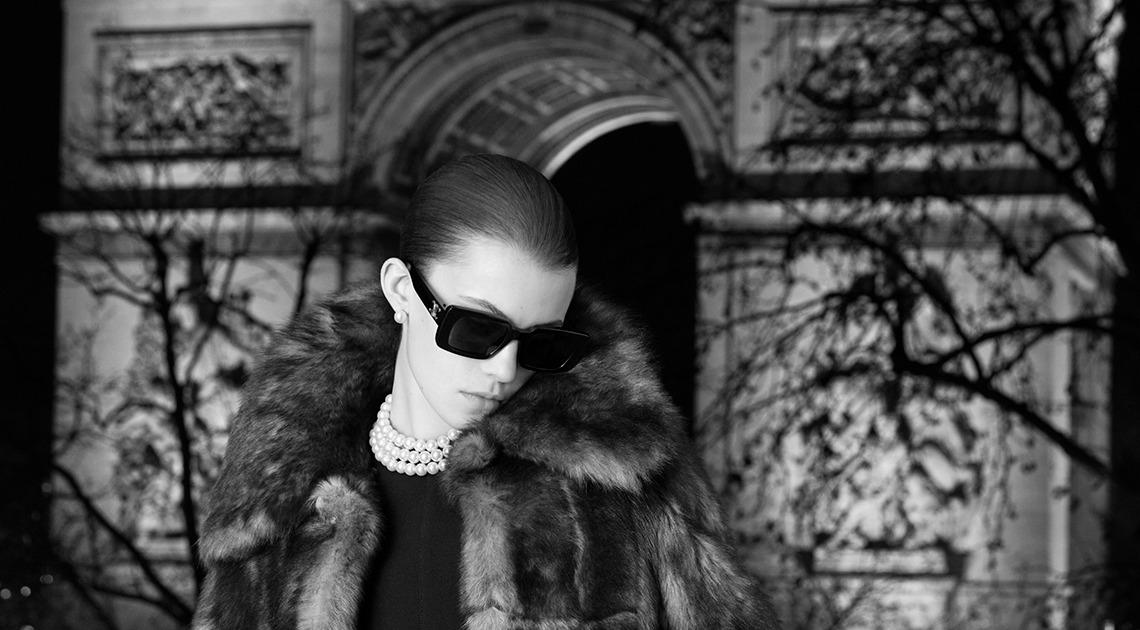Tristes Tropiques
is the title of the last series by Richard Mosse (Kilkenny, Ireland, 41 years old).
It is composed of large-format images, which stand out for a very unique chromaticism.
Vivid and strident colors are accompanied by others that contain a sinister melancholy.
They compose a palette that tells us about beauty and also about tragedy.
They were carried out during the catastrophic wave of fires that devastated the Brazilian rainforest during 2020 and which resulted in the loss of large areas, unique and highly diverse ecosystems.
Thus, as you approach
Burnt Pantanal II,
the viewer can appreciate that the striking carmine stains belong to the foliage that remained alive, the yellow ones to the part of the forest that died, while the traces of the logs that were burned dot the whole with the paler color of ash.
Mosse describes the images as "living maps."
They express the fragility of organic matter dominated by the predatory violence of man.
PHOTO GALLERY: Images of the exhibition in Bologna by Richard Mosse
Richard Mosse: "It is important that art does not become propaganda"
The author defines himself as “an artist who stands between contemporary art and reportage”. Thus, throughout his career, his gaze has settled on issues that define our time, such as migration, conflict and, in this last stage, climate change, whose representation has been a great challenge for him. "Something that can become very difficult due to the limitations of human perception and that truly surpasses us when it comes to describing and representing it," as he expressed in a video recorded at the presentation of the series in April, at the Jack Shainman Gallery in New York. The constraints that documentary photography entails and its limits have always fascinated this photographer, who on the other hand has never stopped believing in the power of the image.Hence, its objective has focused on expanding the limits of the genre, adapting to the different contexts that arose with each new project, through the use of different cameras and the approach of new approaches.
Tristes Tropiques
is composed of multispectral images, made through drones, which capture in detail the retreat of the Amazon rainforest, using additional information that the human eye cannot reach. It shares a title with what is perhaps the best-known work by Claude Lévi-Strauss, in which, as early as 1954, he warned of the planet's environmental drift. "What you show us in the first place, oh journeys, is our filth thrown into the face of humanity," wrote the philosopher and anthropologist. Environmental crimes that Edward Burtynsky also ventured to capture in his series of industrial aerial landscapes,
Anthropocene
.
But it's Mosse's color manipulation of his images during post-production that makes them unmistakable; a chromatic seal that refers us to
Infra
and the installation
The Enclave,
which catapulted him to fame during the 2013 Venice Biennale. On this occasion, the lush jungle of the Democratic Republic of the Congo, a country devastated by war and barbarism, it was transformed into a beautiful surreal landscape of pink and red tones. For this he used Kodak Aerochrome, an infrared film that records chlorophyll in vegetation. A technology, used in its day as a military recognition, that the artist will use to question the way in which war photography is constructed.
'Medusa orchid' (2019), image from the series 'Ultra' RICHARD MOSSE
The series are part of
Displaced
,
the first anthology dedicated to the Irishman.
It is exhibited at the MAST Foundation, in Bologna.
The sample is divided into five sections through more than 80 images and four video installations.
Chronologically, he goes through his earliest and most conventional works, passing through
Heat Maps
(2016-17), where the artist documented the refugee crisis in Europe, North Africa and the Middle East through spectral images, in black and white. , taken with a camera considered a weapon under international law, up to
Ultra
(2018-19), where the photographer entered the lush Amazon for the first time to create fascinating images, with bright and metallic tones, through the use of an ultraviolet lamp and multiple exposures. He thus reduced his field of vision and adjusted the lens of his camera, going from a long lens to a micro. Humans disappeared from their images to give way to nature through beautiful and powerful images of lichens, mosses, orchids and carnivorous plants. "The ultraviolet fluorescence technique cancels out the various camouflage techniques of nature, turning the familiar into the unusual, the fantastic," explains Urs Stahel, curator of the exhibition, in a text that accompanies the exhibition. Again, Mosse used beauty and aesthetics to attract and place audiences on stage.
Mosse's works display an enormous visual force, where the show connects with the content and with the context.
"The conceptualization, of the concrete with the metaphorical, and the act of looking with thought and questioning", Stahel emphasizes.
'
Richard Mosse.
Displaced
'.
MAST Foundation.
Bologna.
Italy.
Until September 19.
You can follow BABELIA on
and
, or sign up here to receive
our weekly newsletter
.









